Knee Knowledge
Health & Fitness February 13, 2012 johnwooton 0
Looking at some of the factors behind general knee pain in young athletes
Knee Pain : Hunter Greene, M.D.
As a teen who is active in sports, it is not uncommon to experience knee pain behind the kneecap. It’s not caused by an abnormality in the knee and does not cause lasting damage. However, it does mean that you may need to adjust your training routine.
The pain usually begins gradually. You might hear popping or crackling sounds in the knees when you climb stairs or stand up and walk after a prolonged period of sitting. Pain may flare up when you do activities that repeatedly flex the knee, such as jumping, squatting or running, and at night. The knee may become swollen and tender. Without treatment, you may also develop tendon strains and thigh muscle weakness.
What’s causing this knee pain?
Because of the complex anatomy of the knee that allows it to bend while supporting heavy loads, it is very sensitive to small problems in alignment, activity, training and overuse. Pressure may pull the kneecap sideways in its groove, causing pain behind the kneecap.
In teenagers, a number of factors may be involved:
> > Imbalance of thigh muscles (quadriceps and hamstrings) that support the knee joint
>> Poor flexibility
>> Problems with alignment of the legs between the hips and ankles
>> Using improper sports training techniques or equipment
>> Overdoing sports activities
If your knee pain is lasting, see your doctor to diagnose the cause and to get treatment. Tell your doctor when the knee pain started and provide details about your sports participation and training. Also let your doctor know which activities aggravate your knee pain.
An exam will help determine the cause of pain and rule out other problems. Your doctor may ask you to stand, walk, jump, squat, sit and lie down. He or she will check alignment, stability and other issues. Both of your legs will also be X-rayed.
Ice, rest and rehabilitation are the usual treatments for teens with pain behind the kneecap. After the pain and swelling go down, you will probably need to exercise your knee to regain range of motion, strength, power, endurance, speed, agility and coordination.
You may be able to prevent recurrences of knee pain by:
>> Wearing shoes appropriate to your activity
>> Warming up with stretching exercises before physical activity
>> Stopping or reducing any activity that used to hurt your knees
>> Limiting the total number of miles you run in training and competition
Check out this article in the digital edition of SportStars Magazine: Knee Knowledge
Previous article: Check Your Head
johnwooton
SportStars Magazine: High School Sports Articles Online SportStars is your go-to source for the very best high school sports articles in California. Player and team profiles, game coverage, health and fitness tips and the largest Camps, Clinics & Combine resource for athletes. We're the story behind the stats.

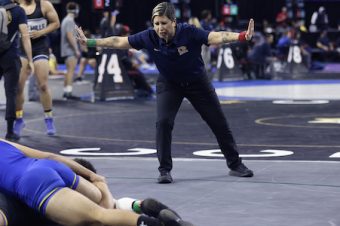


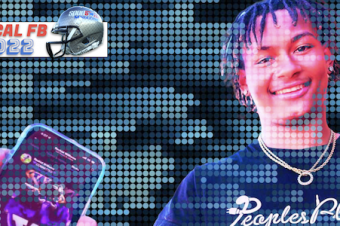
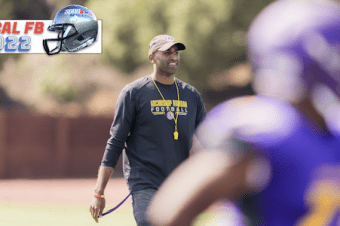
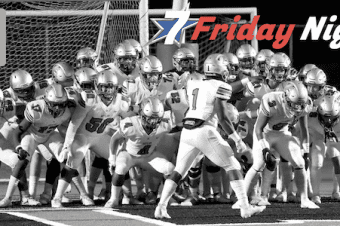
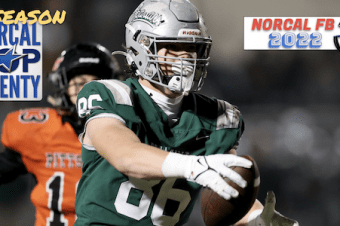
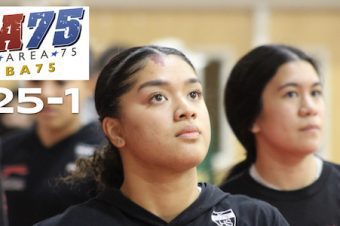

No comments so far.
Be first to leave comment below.